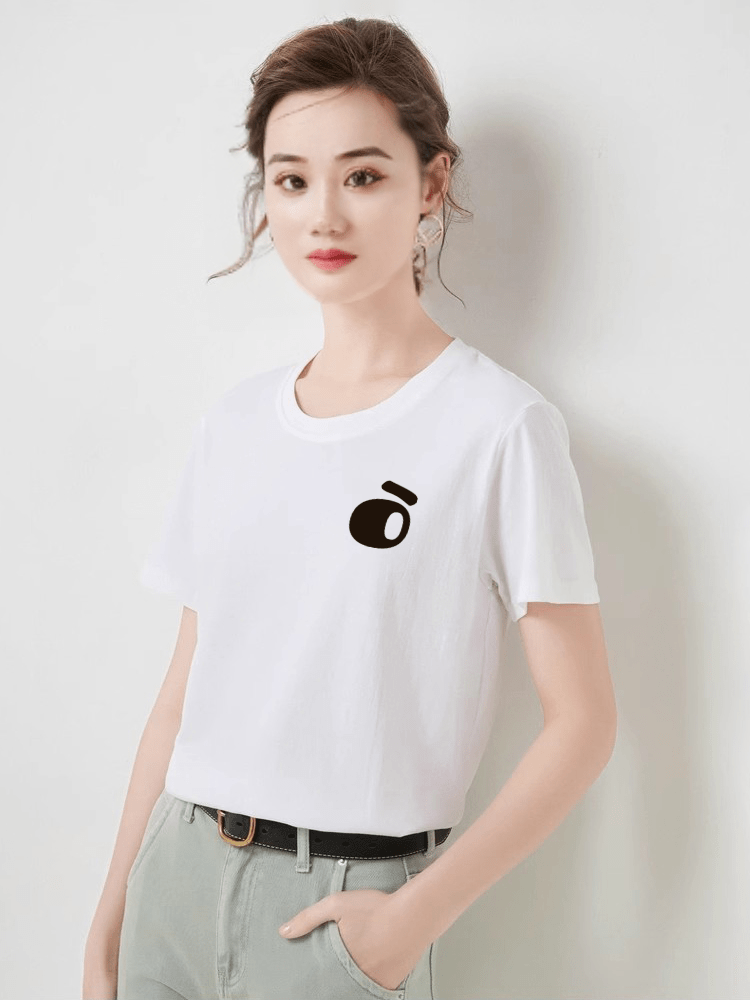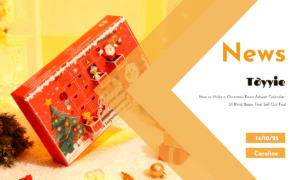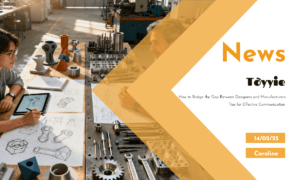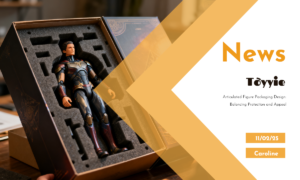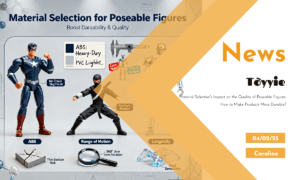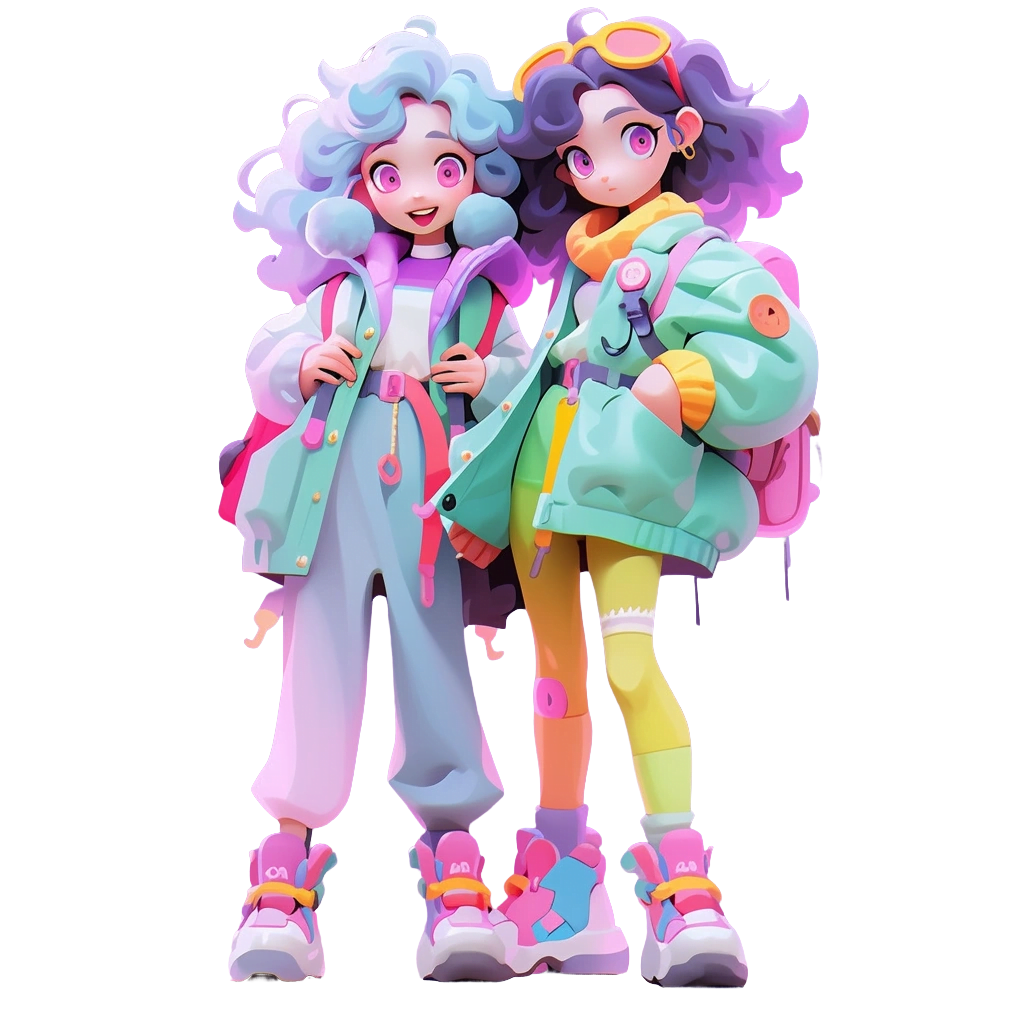📌 Introduction📌
If you’re a designer who’s ever worked with a manufacturer, you’ve likely faced moments of frustration. You pour your heart into your design, only to feel like the factory just doesn’t “get it.” On the flip side, manufacturers might feel like designers don’t understand the realities of production. I’ve been there. This divide between creativity and production is more common than you might think, but it’s not inevitable.
Through my years of experience working with both sides, I’ve learned that communication is the cornerstone of successful collaboration. In this post, I’ll share actionable insights and real-world tips to help you bridge the gap and achieve better results with your manufacturing partner.
🐘 Why Do Designers and Manufacturers Struggle to Align?
Let’s start by acknowledging the elephant in the room: designers and manufacturers think differently.
Designers are dreamers. We aim to push boundaries, create something new, and focus on aesthetics, user experience, and uniqueness.
Manufacturers are problem-solvers.They prioritize feasibility, efficiency, and cost-effectiveness.
Neither side is wrong, but their priorities often clash. This fundamental difference is why misunderstandings arise. A designer might feel like their vision is being compromised, while the manufacturer feels overwhelmed by unrealistic expectations.
💬 How to Communicate Better: Practical Tips
1️⃣ Start with a Shared Goal
We’re all working toward the same thing: creating a product that succeeds in the market. This might seem obvious, but it’s easy to lose sight of this shared objective when frustrations arise.
Make this clear from the outset. For example, you could say:
– “I want to create something unique, but I also understand the need for practical adjustments. Let’s work together to find the best solution.”
This mindset sets a collaborative tone and encourages open dialogue.
2️⃣ Speak Their Language
One of the biggest barriers is that designers and manufacturers often use different “languages.” While you might think in terms of color palettes, curves, or user experience, manufacturers think in terms of tolerances, molds, and material costs.
Here’s how to bridge the gap:
Educate Yourself About Production Basics
– Learn about manufacturing processes relevant to your project, such as injection molding, CNC machining, or 3D printing.
– Understand key terms like draft angles, wall thickness, and tooling costs.
Simplify Your Language
– Instead of saying, “I want this part to feel futuristic,” try something like, “I’m aiming for a smooth, matte surface with minimal texture—similar to the feel of high-end tech devices.”
By showing that you respect their expertise and understand the basics of their work, you’ll build mutual respect.
3️⃣ Create Clear and Detailed Design Documents
Ambiguity is the enemy of good communication. If your designs aren’t crystal clear, you leave room for interpretation—which often leads to misunderstandings.
Here’s what to include:
Precise Dimensions: Provide measurements for every part of your design.
Material Specifications:State exactly what materials you want to use. If you’re unsure, ask for recommendations.
Color and Finish Details:Include Pantone codes, texture preferences, and examples if possible.
Functional Requirements:If parts need to move, light up, or interact, explain how.
Consider creating a mood board or reference guide that includes photos or sketches. Visual aids can be incredibly helpful for bridging communication gaps.
4️⃣ Ask Questions, Don’t Assume
It’s tempting to assume that the manufacturer understands your vision completely, especially if you’ve provided detailed documents. But assumptions can lead to costly mistakes.
For example:
– Instead of assuming they’ll use the exact shade of blue you provided, ask:
– “Will you match this Pantone code exactly, or are there limitations I should be aware of?”
– If your design includes tight tolerances, clarify:
– “Is this level of precision achievable with your equipment, or should I adjust the design?”
These questions might seem basic, but they can prevent significant headaches down the line.
5️⃣ Be Open to Feedback and Compromise
Manufacturers aren’t trying to ruin your vision when they suggest changes—they’re trying to make your design work in the real world. I’ve seen designers resist feedback, only to end up with a final product that doesn’t function as intended.
For example:
– If a manufacturer says your design is too intricate for injection molding, ask for alternatives. Could simplifying certain elements maintain the essence of your design while making it feasible to produce?
Remember, compromise doesn’t mean giving up on your vision. It means finding the best path to bring that vision to life.
6️⃣ Establish Regular Checkpoints
One of the best ways to avoid surprises is to check in regularly throughout the production process. Instead of waiting until the final product is ready, schedule reviews at key milestones:
Prototype Review:Assess the first physical version of your design.
Pre-Production Samples:Evaluate a small batch before full-scale production.
Production Progress:Regular updates ensure everything stays on track.
During these reviews, provide constructive feedback. For instance, instead of saying, “This isn’t what I wanted,” try: “The color is slightly off; can we adjust it to match this reference?”
7️⃣ Address Cultural and Language Differences
If you’re working with an overseas manufacturer, cultural and language barriers can complicate communication.
Be Clear and Concise:Avoid idioms or jargon that might not translate well.
Use Visuals:Diagrams, photos, and videos can convey ideas more effectively than words.
Be Patient:Building rapport takes time, especially across cultural boundaries.
8️⃣ Build a Relationship of Trust
Ultimately, the best collaborations are built on trust. This doesn’t happen overnight, but you can take steps to foster it:
Show Appreciation:Acknowledge their efforts and expertise. A simple “thank you” goes a long way.
Be Transparent:Share your goals, constraints, and concerns openly.
Follow Through:If you promise to provide feedback or materials by a certain date, deliver on time.
🌟 Real-Life Example: Bridging the Gap
A designer I worked with had created a beautiful, intricate toy with tiny moving parts. The manufacturer initially said the design wasn’t feasible for injection molding. Instead of giving up, the designer asked questions, sought feedback, and adjusted the design slightly.
By collaborating closely, they found a way to produce the toy without compromising its charm. It became a best-seller, and the partnership between the designer and manufacturer grew stronger.
💡 Conclusion: Collaboration Is a Two-Way Street
The gap between designers and manufacturers doesn’t have to be a barrier. With clear communication, mutual respect, and a willingness to adapt, you can turn potential conflicts into opportunities for growth and creativity.
So next time you’re working with a manufacturer, remember: They’re not just a vendor—they’re your partner in bringing your vision to life. Treat them as such, and you’ll be amazed at what you can achieve together.
If you’ve had similar experiences or have additional tips to share, I’d love to hear from you. Let’s keep the conversation going and help each other succeed!


